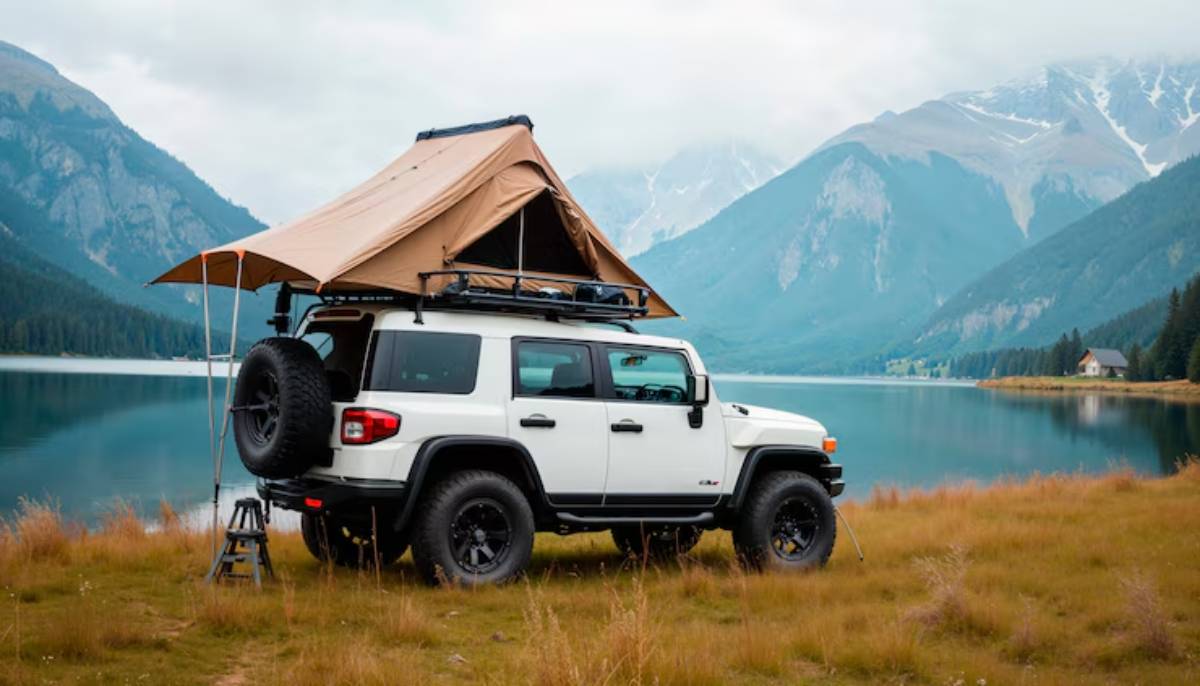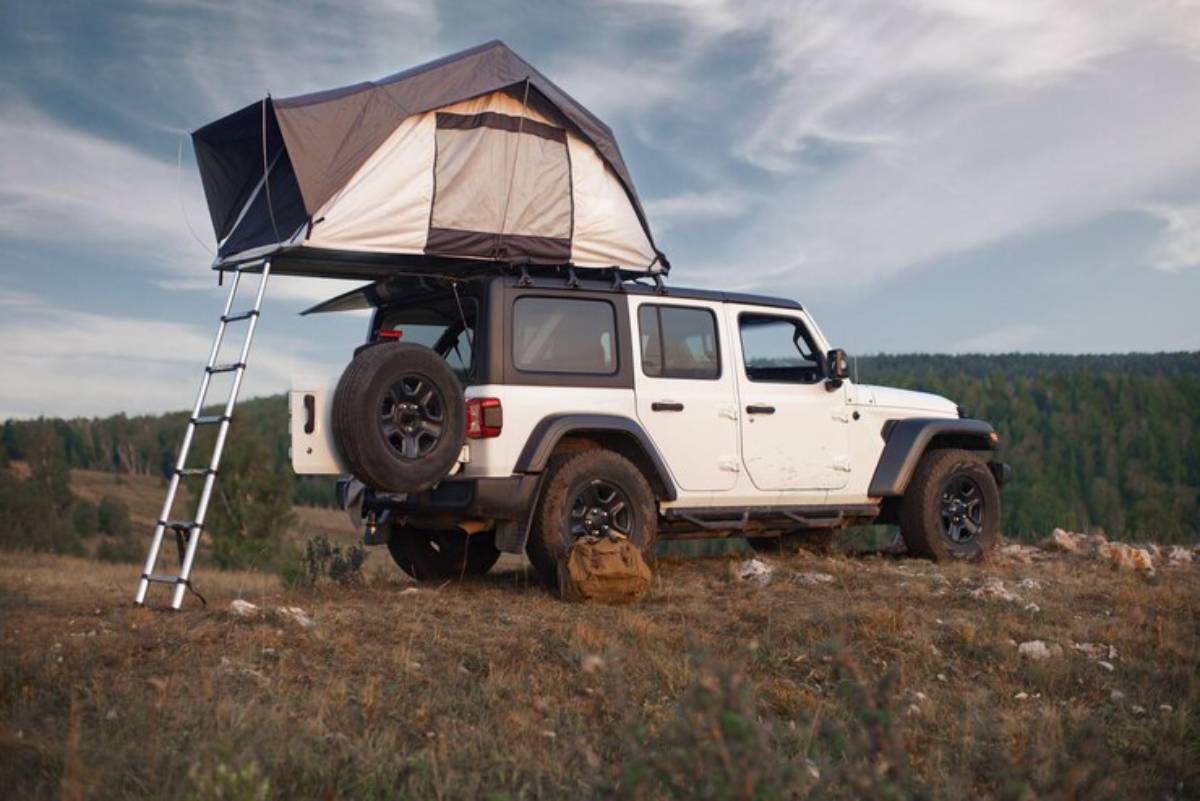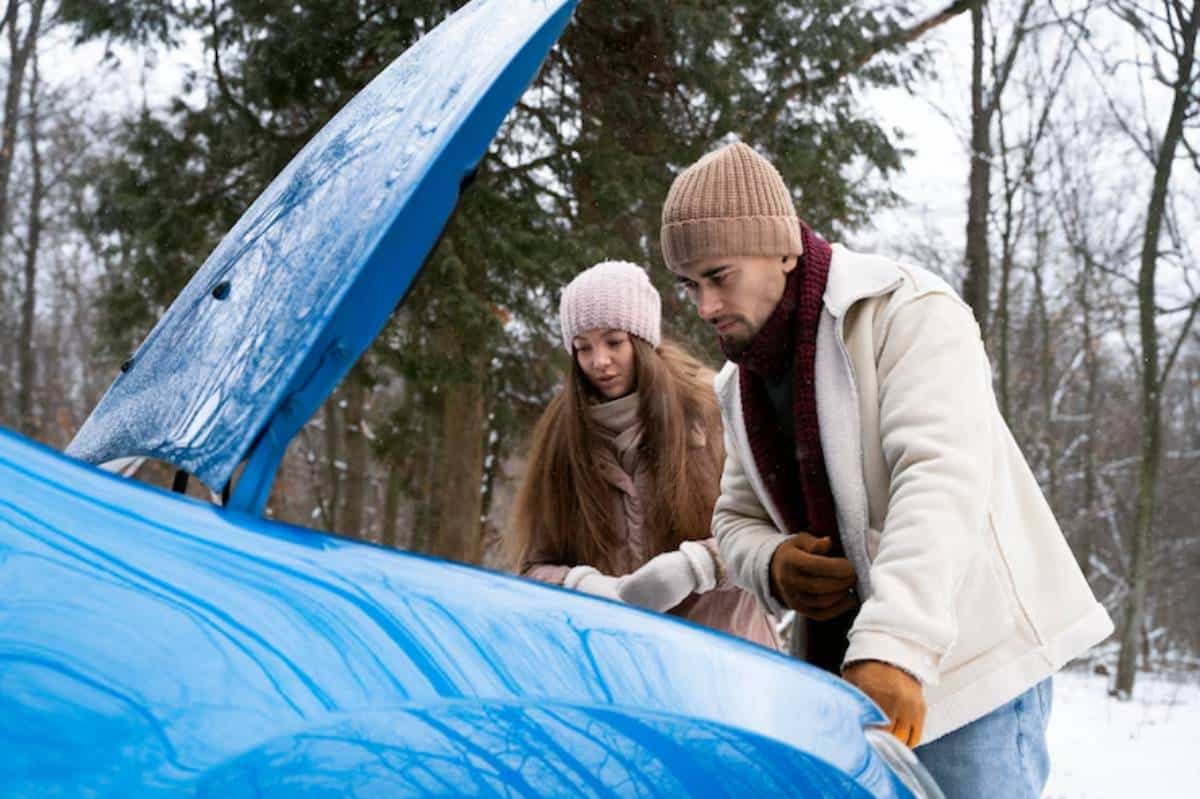
Top Overland Tents for Multi-Day Adventures
Picture this the engine’s off, the fire’s crackling, and your rooftop tent is unfolding beneath a sky freckled with stars. Whether you’re in the Cairngorms or halfway across the Pyrenees, having a quality tent transforms your trip from survival mode into pure comfort.
Choosing the best overland tent can feel overwhelming, especially with 2025 offering a wave of new features, materials, and price points. The good news? You don’t need to be a backcountry veteran to make a smart choice. Whether you’re upgrading your camping gear for 2025 or setting out on your very first trail, this guide will walk you through everything you need to know.
We’ll explore rooftop tent reviews, key features to look out for, and practical recommendations for different travel styles and budgets. Ready to sleep better on your next overland adventure? Let’s dive in.
Why Tents Matter in Overlanding
Unlike traditional car camping, overlanding demands gear that’s built for frequent setups, unpredictable terrain, and extreme weather. If you’re just starting out, this overlanding gear checklist can help you cover the essentials beyond just shelter. Your tent is more than just shelter—it’s your private retreat, your storm shield, and sometimes, your sanity saver after a long day behind the wheel.
Here’s what overland tents offer that ordinary camping tents often don’t
- Quick deployment (especially vital during sudden weather changes)
- Elevated comfort (especially with rooftop designs)
- Durability for all-season use
- Compact storage with integrated bedding options
Still, not all overland tents are created equal. Let’s break them down.
Types of Overland Tents Explained
Rooftop Tents (RTTs)
These are the poster child of overlanding. Mounted directly onto your roof rack, rooftop tents open in minutes and keep you high above rocky or muddy ground.
Benefits:
- Great views and airflow
- Away from crawling insects or damp ground
- Can stay packed with bedding inside
Drawbacks:
- Adds weight and height to your rig
- Requires a ladder (may not suit all users)
- Higher price point than ground tents
Popular styles in 2025 include:
- Hardshell tents – Sleek, aerodynamic, and ultra-quick to set up
- Softshell tents – More affordable, with folding designs that expand outwards
Ground Tents (Heavy-Duty)

If rooftop storage isn’t an option, don’t worry. Ground tents made for overlanding are a serious step up from weekend pop-ups. Think military-grade canvas, reinforced poles, and weather-sealed entryways.
They also pair well with awning rooms or annexe tents, giving you extra sheltered space for gear or cooking.
Hybrid Tents & Truck Bed Options
In between RTTs and ground tents are bed-mounted tents, slide-ins, or rear-attached domes. These suit pick-up truck travellers or those who’ve converted their SUVs into sleep platforms.
Key Features to Consider in 2025
When choosing the best overland tent, look beyond just the size or price tag. Focus on long-term value—especially if you plan to venture into remote regions or diverse climates.
1. Weather Resistance
You’ll likely encounter wind, rain, and cold nights, sometimes all in one trip.
- High hydrostatic head ratings (minimum 3,000mm for waterproofing)
- UV-resistant fabrics
- All-season ratings or interchangeable panels
- Anti-condensation mats (especially in hardshells)
2. Ease of Setup
A tent that takes 30 minutes to assemble becomes a chore fast.
- One-person setup (particularly valuable when travelling solo)
- Gas struts or assisted lifts in rooftop tents
- Clear setup instructions or video tutorials
3. Weight and Compatibility
Check your vehicle’s dynamic roof load if opting for a rooftop option. For ground tents, think about space in your cargo area and whether you’ll be setting up near your car or further away.
4. Sleeping Comfort
You’re not just surviving out there—you’re living.
- Thick, integrated foam mattresses
- Breathable windows with insect mesh
- Adequate interior height for sitting up or changing clothes
- Blackout fabric for early sunrises
Best Overland Tents for 2025
Here are standout options to suit different travel styles, as rated by overlanding forums, industry testers, and user reviews.
1. IKamper Skycamp 3.0 (Hardshell RTT)

Why it’s great: A cult favourite for a reason. Fits up to four, deploys in 60 seconds, and now features improved insulation and sturdier latches.
- Weight 72kg
- Sleeping capacity 3–4
- Setup tim Under 1 minute
Best for: Families or couples who prioritise speed and comfort.
2. Front Runner Roof Top Tent (Softshell RTT)
Why it’s great: Compact, lightweight, and rugged enough for year-round use. Pairs perfectly with Front Runner roof racks.
- Weight 43kg
- Sleeping capacity 2
- Setup time 3–4 minutes
Best for: Budget-conscious overlanders who still want quality.
3. Darche Intrepidor 1400 (Softshell RTT)
Why it’s great: Australian-built for harsh climates, with excellent ventilation and water protection. Packs down surprisingly small for its size.
- Weight 54kg
- Sleeping capacity 2–3
- Setup time 3–5 minutes
Best for: Warm-weather routes and off-grid stays.
4. Oztent RX-5 (Heavy-Duty Ground Tent)
Why it’s great: Sets up in 30 seconds, with room for a family of five. Optional side panels and awning accessories offer modularity.
- Weight 25kg
- Sleeping capacity 4–5
- Setup time 1 minute
Best for: Stationary basecamps or longer-term stays.
Making the Right Choice for Your Travels
No single tent suits everyone. Start by asking
- How often will you move camp?If daily, ease of setup is key.
- Are you solo or with family? RTTs may be tight for groups, while ground tents offer more living space.
- Where are you going? Snowy trails? Look for insulation. Desert heat? Go for max airflow.
Also, factor in your vehicle setup. For example, a spare tyre setup for long-distance off-roading might affect your roof space, so a ground tent becomes a better choice.
Real-World Experience: Lessons from the Trail
On a week-long trip through Snowdonia last spring, I tested a hardshell RTT in wildly mixed weather—sunshine one day, hail the next. Setup was effortless, and staying dry was a game-changer. However, the constant ladder climbs became a chore, especially for quick night-time exits.
Compare that to a friend who opted for a truck bed tent. They had loads of floor space and easier access, but struggled with condensation and had to clear gear each night before bedding down.
The takeaway? There’s always a trade-off. Focus on what matters most to you—be it speed, comfort, budget, or storage.
Conclusion: Comfort Begins with a Good Tent
In overlanding, your tent isn’t just where you sleep—it’s where you recharge, regroup, and weather whatever nature throws your way. As you choose the best overland tent, remember that quality gear doesn’t just protect you from the elements; it also enhances your freedom to explore further and stay longer.
Whether you choose a streamlined rooftop design or a spacious ground tent, the right shelter will pay for itself in comfort and convenience. Start with a well-reviewed model, pack smart, and keep your setup adaptable.
Ready to level up your adventure? Make sure your shelter matches your ambition, because the best views often come to those willing to camp off the beaten path.


